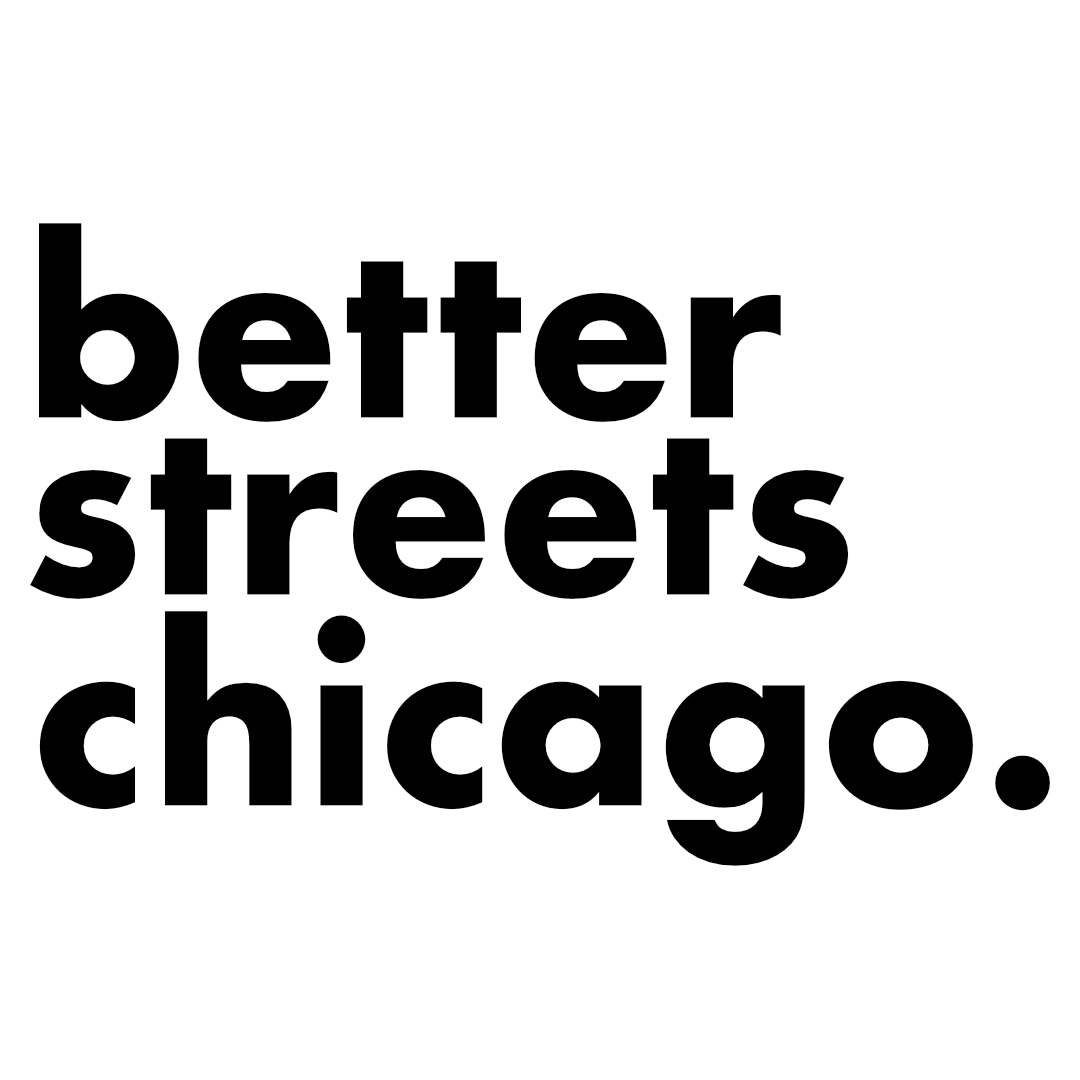Dear Mayor Lightfoot and Commissioner Biagi…
Our city and state have taken drastic and emergency measures to curb the spread of coronavirus. Governor Pritzker stated when presenting his roadmap for reopening Illinois, “We have to figure out how to live with COVID-19 until it can be vanquished – and to do so in a way that best supports our residents’ health and our healthcare systems, and saves the most lives.” With that in mind, we must make immediate changes to ensure people can maintain proper distancing while making essential trips and going outside to exercise their bodies or their minds. As Chicago progresses through its phases of reopening, this space will become even more imperative.
We’re urging Mayor Lightfoot and Commissioner Biagi to take seriously the needs of Chicagoans to be able to be outside, to be able to walk and bike and roll to the bus and work and store and park — wherever they need to go — and maintain a safe distance from each other and from cars. We ask that they and the Department of Planning and Development work with community groups, the Mayor’s Bicycle and Pedestrian Advisory Committees, and alderpeople to create a connected city-wide network of safe and open streets.
Safe and open streets are critical for the safety of Chicagoans, including:
Pedestrians who have found that the city’s narrow sidewalks make it impossible to distance themselves from others, facing a dangerous choice: break social distancing on sidewalks, or move to the streets and risk being struck by a vehicle.
Bike riders who must share the streets with fewer, but — as CDOT has confirmed — more reckless drivers. Chicago’s two primary separated bike routes are closed, and the city’s largely disjointed and dangerous network of bike lanes put bike riders at a greater risk of being hit by a car.
Transit riders who find themselves on crowded buses and trains, putting them at heightened risk of COVID-19 transmission, but have no safe and affordable alternative to get to essential jobs or run essential errands.
Thankfully, safe and open streets can be achieved in Chicago in many ways, including:
Using quick-build methods to widen sidewalks and create pilot bikeways on streets with excess vehicle lanes.
Closing some streets to through-traffic.
Proactively building physically protected bike lanes that mirror high ridership bus routes to provide a safe way for Chicagoans who are able to bike to access groceries, essential services, providing more space for those who rely on buses to do the same.
Reopen our Lakefront Trail and parks, restoring an important North-South cycling corridor and giving Chicagoans more ways to connect with nature.
Using friendly, non-police staff to encourage people to practice social distancing in high-traffic areas and parks.
Returning to pre-COVID-19 transit ridership levels will take time, as fears of crowded spaces and continued work from home policies persist. As businesses reopen and Chicagoans begin to leave their homes more often (especially with warmer weather) we’ll need an alternative to mass transit. We fear that as the city begins to re-open, the current state of our infrastructure will encourage more people to drive than ever before, putting lives at risk due to heightened pollution (particularly for communities in proximity to highways) – a factor linked to worse outcomes for COVID-19 patients – and increasing the likelihood of pedestrians and cyclists being hit by cars.
It’s time Chicago utilizes its space effectively and prioritizes space for people. Cities like Minneapolis, New York City, Oakland, Seattle, Portland, Salt Lake City, Louisville, and Milwaukee — not to mention others across the world — have opened their streets for their residents. Chicago must follow suit quickly to create streets that reflect the times we are in.
